Maintaining and refurbishing PVCu windows
Contents |
[edit] Introduction
Many people might choose to replace their ageing PVC windows by installing new, higher performing ones, especially in light of higher and fluctuating energy costs and climate change. However, often, as a result of rented accommodation, practicality, and significant capital investment, more often than not PVC windows may remain in place for many years or even decades.
[edit] Lifespan of PVC units
In around 2006, BRE re-assessed the 25-year lifespan they had given PVC windows as part of their assessment for the initial Green Guide for specification, carrying out a desk study and concluding that this could be increased to up to 35 years. However, it was stressed as part of this that the double glazed units themselves, the gaskets, the weather strips, and the mastic seals may need to be replaced during this time, and the ironmongery should be well maintained and lubricated. In most cases, PVC or PVC-U windows had been seen or sold as a fit-and-forget solution, with no maintenance or painting required.
In the light of high energy costs, high material costs, and a drive to reduce waste, and remain economically circular, below is some simple guidance about how to refurbish windows to improve their performance, save energy, improve comfort, and extend their lives for little or no cost.
[edit] Cleaning the glazing
One of the primary tasks of windows is to let in daylight, so don't forget to clean them. Up to 15% of the daylight factor can be lost through dirty windows (this may, in turn, reduce the G-value from an overheating perspective as it reduces solar heat gains). Daylight levels can impact mood and health, as well as electricity use from lighting, so it is a good idea to keep windows clean. If you live on a higher floor, take care and work in pairs, and although obvious to some, remember that many windows have features to help you, such as restrictor releases.
[edit] Releasing restrictors
Many windows have restrictors incorporated into the design, especially in rented accommodation, these are important safety features to reduce the risk of accidents. Restrictors restrict the amount a window can open, so that they can let sufficient air in but remain closed enough to minimise the risk of falling. If you are unsure of safety issues, seek professional advice.
Most restrictor designs will have a release to allow them to be more easily cleaned the mechanisms will vary, but in most cases, it is a small latch that is labelled. In this case, the latch is pressed to release the hinges and allow the window to open more widely.
Once released, the hinge should open, allowing an arm width on both sides of the window. In many cases, the runner on which the hinge sits will be dirty and should be cleaned, while the hinge and runners themselves may need oiling to allow them to open fully. This function allows widows to be cleaned more easily, both inside and out. Once cleaned, it is a good idea to add a little more oil and close, making sure the restrictor is back in place by testing it a second time.
[edit] Maintenance issues
Through lack of maintenance, dirt can collect in the frame of the window and settle on the gaskets, preventing the window from closing and sealing correctly. Gaskets can also shrink or degrade, creating weathering issues, cold drafts, and heat loss. In the worst cases, pests such as cluster flies, which are attracted to the warm spaces in the window frame, can get access through poorly closing seals, make their home in the window, and breed, causing an infestation.
Cleaning regularly and checking for broken or weak seals can help prevent this. If you have these kinds of issues, it is probably a good time to refurbish and clean your window frames as well as your windows.
[edit] Weather seals and gaskets
Some of the key performance issues that can occur over years of use relate to the weather seals and gaskets, as well as the glazed units themselves. It is also worth checking the installation at the edges where it is fixed to the wall or window; in the worst cases, this can let drafts in and should be sealed. It is also possible to introduce a thin layer of insulation to the outside and inside of the frame against the reveal to reduce the linear thermal bridging at these locations.
Weather seals and gaskets are internally and externally installed, often black rubber looking seals. They may be made of a variety of materials, including perchloroethylene (PEC), ethylene propylene diene monomer synthetic rubber (EDPM), as well as silicone or, in newer windows, neoprene or even felt in timber windows. Older windows will tend to have the former materials with a lifespan up to around 10 years, though they can also be as little as 5 years depending on the quality and level of exposure.
The external seal protects against the weather, such as driving wind and rain, and the internal seal helps reduce drafts. Both can perish after a number of years and should be checked annually. Gaskets or seals are normally preformed to suit the window design, and there are many hundreds of different extrusions available. Weather seals and gaskets can be replaced, provided the correct extrusion can be found, one can also seek professional help in doing this or do it yourself by removing the seal and carefully purchasing a like-for-like design.
[edit] Glazed units
The glazed units are closed units with different specifications. If the glass is clear without water or dirt between the sheets, then the unit may still perform close to the original specification. If the unit contains water or dirt, it is likely the seal of the unit is broken or the unit has blown. This will reduce the thermal performance of the unit, but it is possible to replace individual units with new sealed units or potentially higher-spec units, such as thin triple glazed units.
Argon-filled double glazed units are quite common, as the thermal conductivity of argon is around 1/3 lower than that of air, which creates a performance difference of around 2.6 w/m2K for an argon-filled cavity unit and 2.8 w/m2K for an air-filled unit. However, it is worth noting that even well-made argon-filled windows are likely to leak gas at a rate of around 1% per year or higher for poorer-quality windows.
[edit] Deep cleaning
To clean the frame thoroughly, it is best to remove fittings that can easily be removed, such as latch locks. This helps reveal dirt spots, and if the window suffers from a cluster fly infestation, it can expose eggs and larvae. The glazing frames should be cleaned using soap and water, and potentially also a spray cleaner, when dry, removing all dirt and grease.
If it is not possible to replace the gaskets or weather strips, they can also be removed, cleaned thoroughly, and replaced. Ensure the outside of the unit is cleaned, removing markings from where the window closes.
Once clean, the gaskets can be replaced, as can the latch locks. In this case, a small foam insert was laid into the frame to reduce dirt and potentially improve thermal performance, though be careful not to block drainage channels. Some research suggests scents such as mint or lavender can repel flies, so they can be added at this point, at least to initially discourage flies from immediately returning after refurbishment.
In the event that it is not possible to replace the external weather seals and they have shrunk a little over time, one workaround is to install an extra rubber seal on the outside of the window unit, lifting the surface at the point where the original seal makes contact. This helps improve the external seal around the window, reducing the possibility of insects, weather, and drafts entering the frame. Once installed, close the unit and check that the seal is firm from the outside. This is in many ways a temporary workaround, as over time the external draft excluder may lose adhesion through weathering. A longer-lasting solution is to source the correct weathering seal, potentially slightly larger in size, and replace it like for like.
Finally, give the windows a clean to improve the daylight in the room. Close all windows on a windy day to see if there are any colds or drafts through the window. This can be further highlighted by using a smoke pencil or a simple candle set up on the inside near the closed window.
[edit] Linear bridges
Thermal imaging can help expose the weak points and linear thermal bridges around a window frame, indicating that seals may need replacing or cleaning and reinstalling. It may also be possible to adjust the closers or hinges to allow it to close more tightly.
[edit] Reveals and curtains
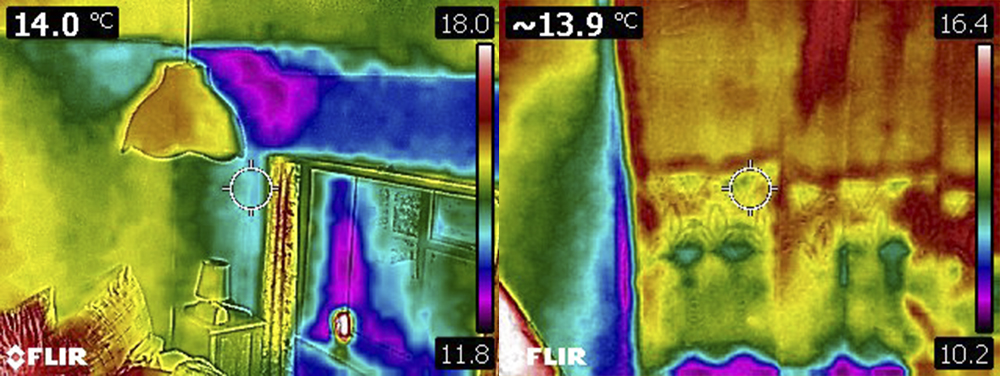 Thermal imaging can also further assist in highlighting weak spots around the window reveal, where a window reveal is not insulated, for example, or a pitched ceiling has low levels of insulation. These can both be improved by retrofitting internal insulation, or increasing loft insulation (above the window). Thick, heavy weave curtains can help reduce the radiant heat coming into the room and can have a positive effect on localised comfort. Even if thin curtains are used, they can to some extent have the same effect as shown in the example above.
Thermal imaging can also further assist in highlighting weak spots around the window reveal, where a window reveal is not insulated, for example, or a pitched ceiling has low levels of insulation. These can both be improved by retrofitting internal insulation, or increasing loft insulation (above the window). Thick, heavy weave curtains can help reduce the radiant heat coming into the room and can have a positive effect on localised comfort. Even if thin curtains are used, they can to some extent have the same effect as shown in the example above.
[edit] Related articles on Designing Buildings
- Accredited construction details ACDs.
- Achieving sustainable futures with thermal imaging.
- Air draught.
- Air permeability testing.
- Air tightness in buildings
- Draught proofing.
- Draughts in buildings.
- Energy audit.
- G-value in buildings.
- Leaks in buildings.
- Polyvinyl chloride PVC.
- Polymers in construction.
- Plastic in construction.
- Thermal bridge.
- Types of window.
- U-values.
- Window.
- Window cleaning services using pure water.
Featured articles and news
Gregor Harvie argues that AI is state-sanctioned theft of IP.
Many resources for visitors aswell as new features for members.
Using technology to empower communities
The Community data platform; capturing the DNA of a place and fostering participation, for better design.
Heat pump and wind turbine sound calculations for PDRs
MCS publish updated sound calculation standards for permitted development installations.
Homes England creates largest housing-led site in the North
Successful, 34 hectare land acquisition with the residential allocation now completed.
Scottish apprenticeship training proposals
General support although better accountability and transparency is sought.
The history of building regulations
A story of belated action in response to crisis.
Moisture, fire safety and emerging trends in living walls
How wet is your wall?
Current policy explained and newly published consultation by the UK and Welsh Governments.
British architecture 1919–39. Book review.
Conservation of listed prefabs in Moseley.
Energy industry calls for urgent reform.
Heritage staff wellbeing at work survey.
A five minute introduction.
50th Golden anniversary ECA Edmundson apprentice award
Showcasing the very best electrotechnical and engineering services for half a century.
Welsh government consults on HRBs and reg changes
Seeking feedback on a new regulatory regime and a broad range of issues.
CIOB Client Guide (2nd edition) March 2025
Free download covering statutory dutyholder roles under the Building Safety Act and much more.







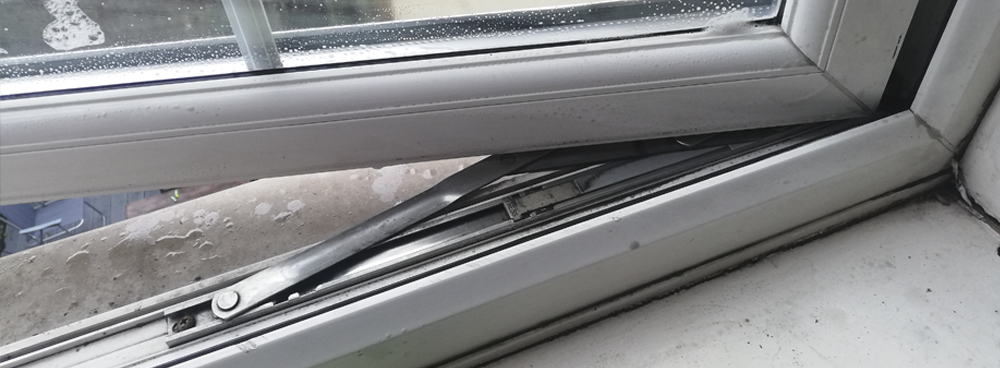
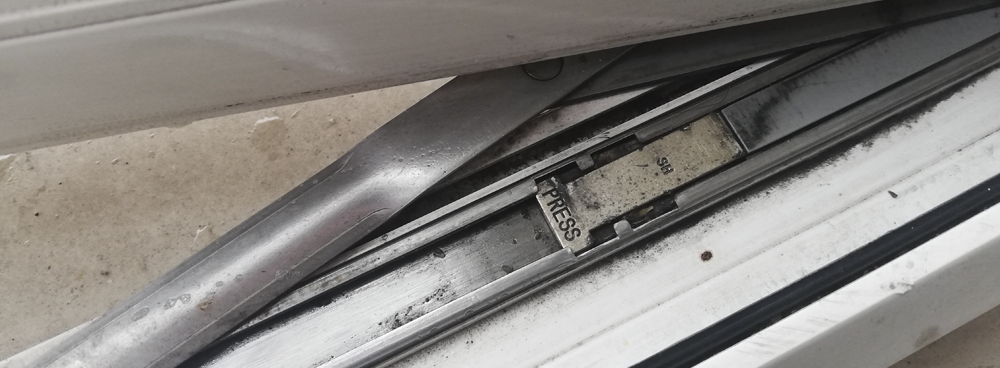
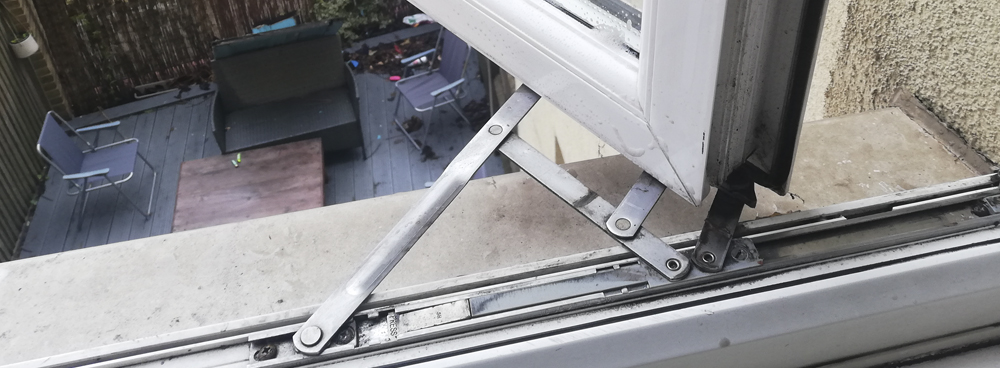
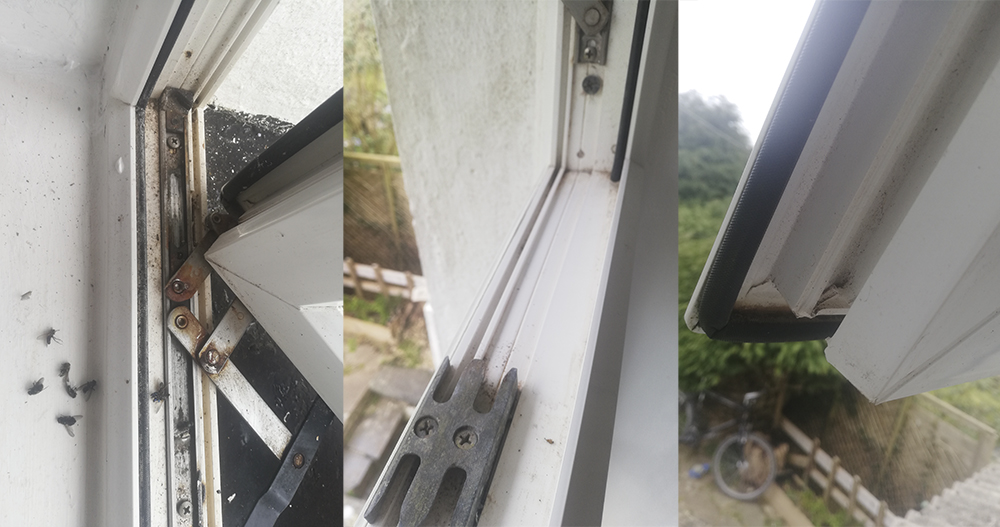
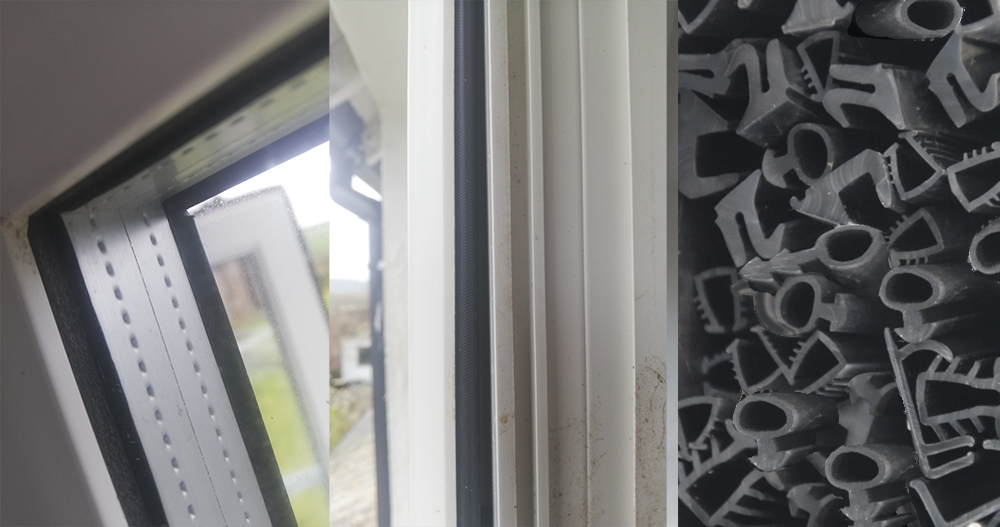


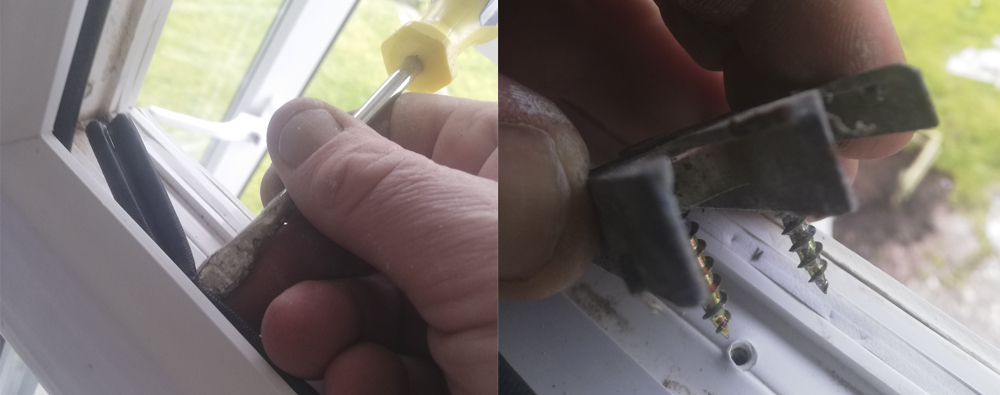
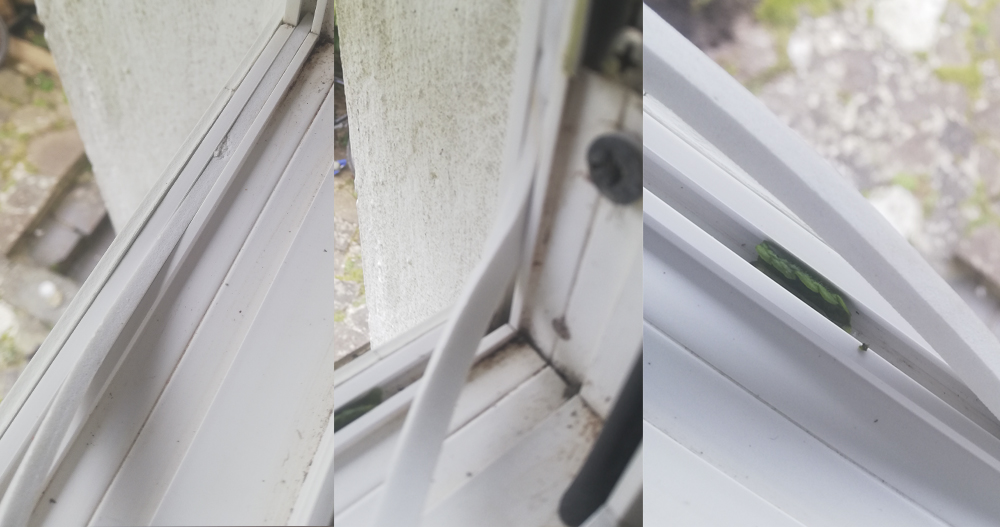
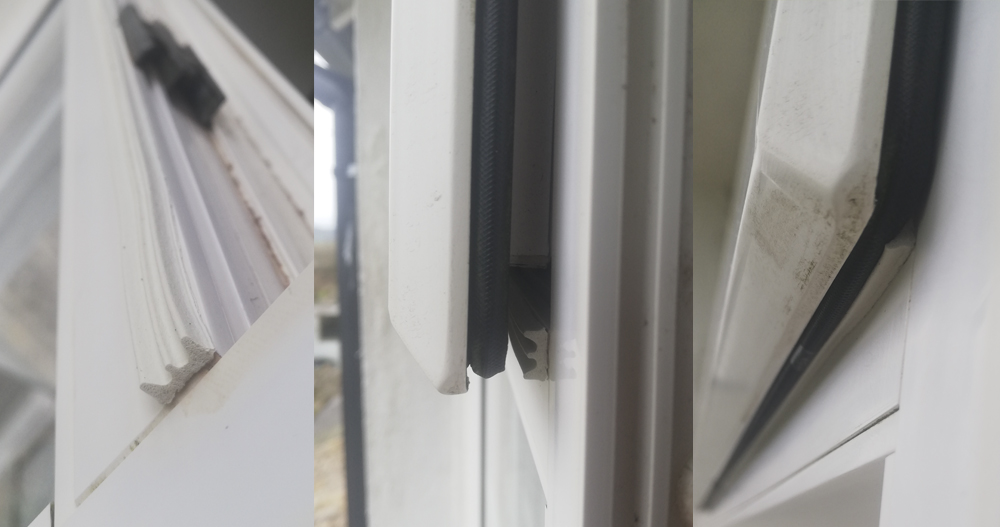
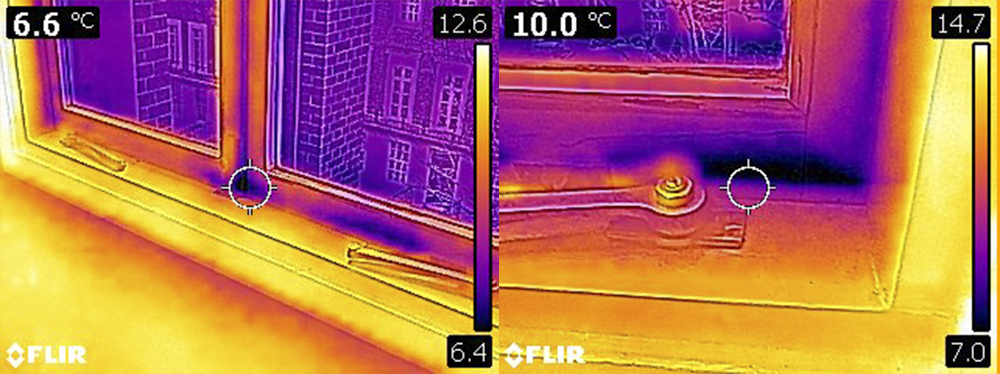

















Comments
[edit] To make a comment about this article, click 'Add a comment' above. Separate your comments from any existing comments by inserting a horizontal line.